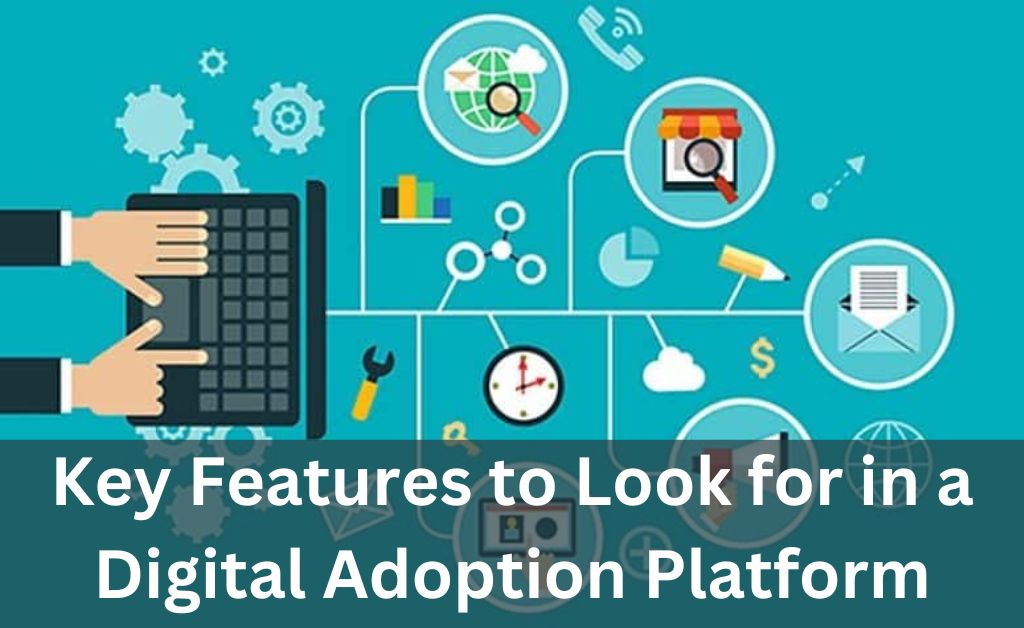
As businesses expand their digital footprint, digital adoption platforms (DAPs) have become crucial for organizations to ensure the smooth and successful implementation of new software and technologies.
A digital adoption platform helps businesses to onboard, train, and support employees as they use new software, improving employee productivity and reducing resistance to change. With so many digital adoption strategies available in the market, it can be challenging to determine which one is the best fit for your organization. In this article, you will explore the key features to look for in such platforms.
1. User-Friendly Interface
A user-friendly interface is crucial for a digital adoption platform because it makes the platform easy to navigate and understand. A user-friendly interface should be intuitive, interactive, and engaging.
It should provide clear and concise instructions, and it should have a visually appealing design. For example, a digital adoption platform with a user-friendly interface can help reduce the learning curve for employees, making it easier for them to adopt new software and technologies.
Userlane professionals say, “They are made to help key stakeholders, such as customers and employees, adjust to the mission-critical tool.”
2. Personalized Learning Paths
Every employee has different skill levels and learning needs, and a digital adoption platform should accommodate those differences. Personalized learning paths are essential for providing employees with the training they need to succeed.
Personalized learning paths should include a variety of training methods, such as videos, quizzes, and interactive tutorials. The platform should also offer gamification and rewards to motivate employees and make the learning process more enjoyable.
3. Analytics and Reporting
Analytics and reporting tools are essential for tracking employee performance and adoption rates. A digital adoption platform should offer analytics and reporting tools that provide insights into how employees are using the software.
The platform should offer metrics such as the number of users, the frequency of use, and the features used most often. This information can help organizations identify areas for improvement and optimize their training programs to ensure maximum adoption of new software.
4. Seamless Integration
Seamless integration is critical for a digital adoption platform because it enables it to communicate with other platforms and applications. A digital adoption platform should integrate seamlessly with existing software and systems, making transferring data and automating workflows easy. Integration should be easy to set up and configure without requiring extensive technical knowledge.
5. Support and Customer Service
Support and customer service are crucial for a digital adoption platform because they ensure that organizations get the most out of the platform’s features. The platform should provide resources such as a knowledge base, tutorials, and a responsive support team to quickly answer any questions and resolve issues.
The platform should also offer ongoing support to ensure that organizations can take advantage of new features as they become available.
Digital adoption softwares are essential for organizations seeking to implement new software and technologies successfully. Organizations should look for key features such as a user-friendly interface, personalized learning paths, analytics and reporting, seamless integration, and excellent support and customer service when evaluating such platforms.
By selecting a platform with these features, organizations can reduce the learning curve for employees, increase adoption rates, and achieve a successful digital transformation.
